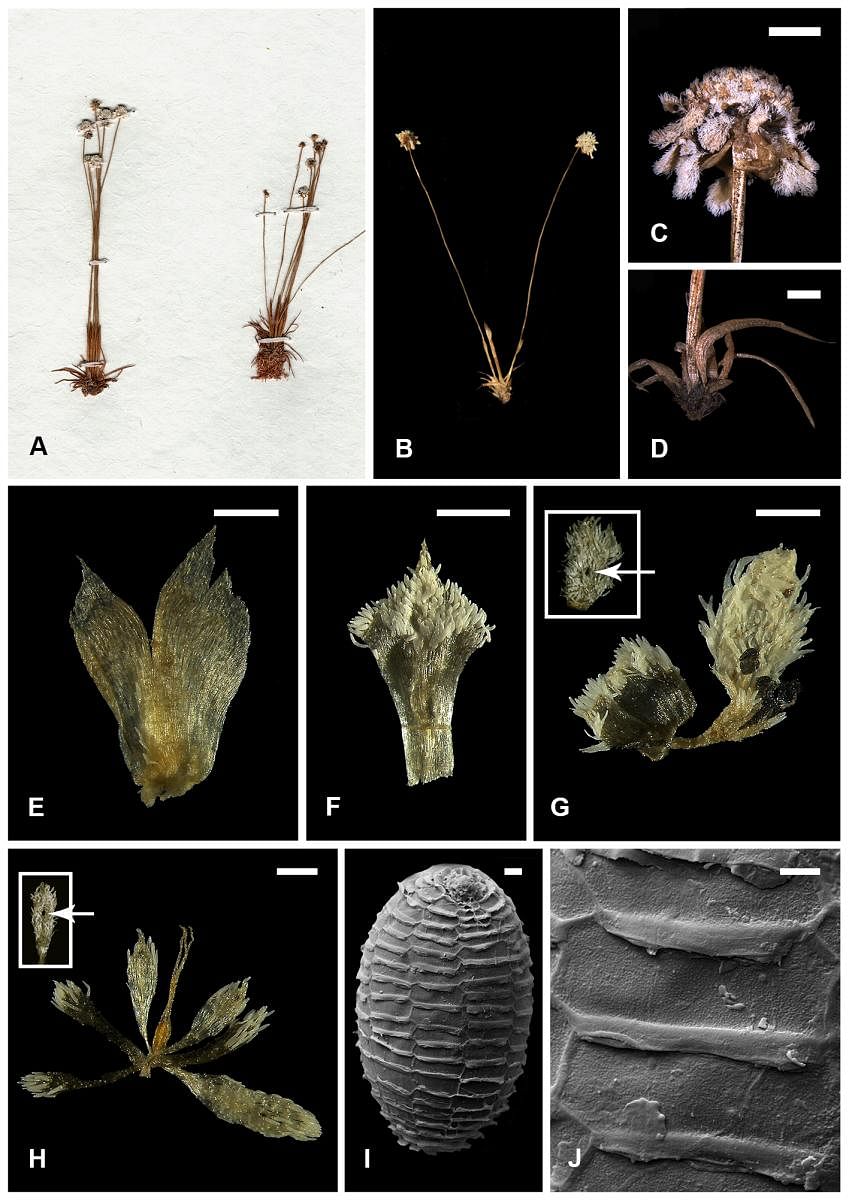When a city-based team of botanists brought back a grass-like plant with tiny flowers following a routine survey in Uttara Kannada, little did they know that they had stumbled upon a new species.
Although there are 471 known species of pipeworts in the world, a fourth of them in India, the latest sample initially confused Dr Ramachandra Rao and his team from the MES College of Arts, Commerce and Science in Bengaluru.
“We knew it was a member of the pipewort or eriocaulacae family, but we didn’t know which one because different species of this genus are similar to each other and hard to tell apart,” Dr Rao said, adding that the samples were sent to the Agharkar Research Institute in Pune for analysis.
Dr Ritesh Kumar Choudhary, Scientist-D at the Agharkar Research Institute, explained that India has 104 known species of pipewort, with 60 in the Western Ghats and the balance in the northeast.
“Some varieties such as eriocaulacae cinereum have anti-cancer properties. Other are have been used in Chinese herbal medicine for years. One species is even used in eyedrops,” he said.
The new species has been named eriocaulacae karaavalense (after the Kannada word “Karaavali” or coast).
Dr Rao added that the location where the plant was found - Ankola taluk in the north to Bhatkal taluk in the south - is notable for low-level laterite hills, plateaus, and coastal marshes, which have been subject to encroachment, quarrying, removal of brushwood and overgrazing by cattle.
“Immediate conservation of some of the stretches of these unique formations with high endemic plants is necessary,” he said.
The other members of the MES research team are: PhD student Ashwini Darshetkar, and research colleagues Dr Mandar, Dr Tamhankar and Dr Prabhukumar.
